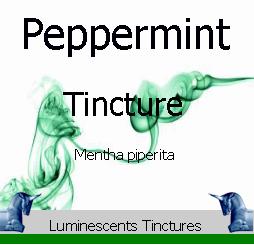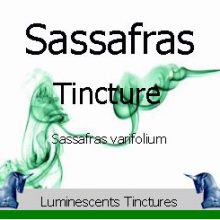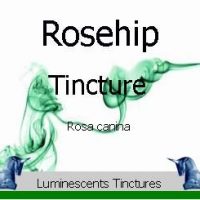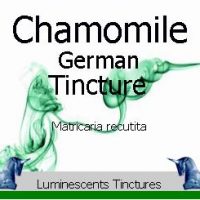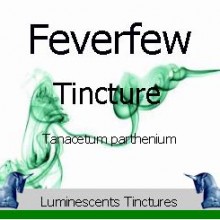Peppermint Tincture (Mentha piperita) has a high menthol content, and is often used as a flavouring in tea, ice cream, confectionery, chewing gum, and toothpaste. The oil also contains menthone and menthyl esters. It is the oldest and most popular flavour of mint-flavoured confectionery. Peppermint can also be found in some shampoos and soaps, which gives the hair a minty scent and produces a cooling sensation on the skin.
It is also known as Wild Mentha balsamea and is a hybrid between watermint and spearmint. It is a native of Europe but is now in cultivation all round the world where it can sometimes be found growing wild with its parent species.
Traditional Uses and Constituents of Peppermint Tincture:-
Peppermint, like many spices and herbs, is believed to have medicinal properties when consumed. It is said that it helps against upset stomachs, inhibits the growth of certain bacteria, and can help smooth and relax muscles when inhaled or applied to the skin. Other health benefits are attributed to the high manganese, vitamin C and vitamin A content; as well as trace amounts of various other nutrients such as fibre, iron, calcium, folate, potassium, tryptophan, magnesium, omega-3 fatty acids, riboflavin, and copper.
As a digestive it is excellent to soothe an overfull stomach from overindulgence but beware if you suffer from Acid Reflux – all mints contain an Oesophagal relaxant which, if taken as an infusionm might well bring on a bout of acidity and heartburn.
History of Peppermint:-
According to some (athough this editor can’t find reference to it) Pliny writing in his Natural History, states that the Greeks and the Romans both used peppermint to crown themseves at feasts and festivals as well as garlanding their dining areas with the herb and that food and wines flavoured with the herb were much favoured. The same is said of Parsley however and attributed to the same source (amongst others) so its hard to know if both stories are true but it would be nice and fragrant to think so! Alas its hard to know if Peppermint in the form we know even existed in his day as it is almost universally acknowledged that it wasn’t hybridised until the 18th Century in London.

